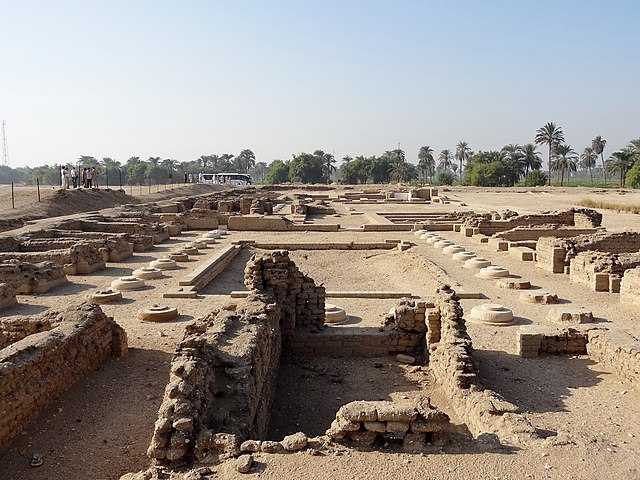The Brain Chamber » Ancient Civilizations » The Ancient Egyptians » Page 29

The Amarna period in ancient Egyptian history is named after the city of Amarna, which served as the capital during the reign of Pharaoh Akhenaten. This period is known for its radical religious and artistic changes, as Akhenaten promoted the worship of the sun-disk god Aten and abandoned the traditional polytheistic beliefs. This led to the closure of many temples and the persecution of traditional priesthoods. Akhenaten also introduced a new artistic style, characterized by elongated and exaggerated features. The Amarna period saw a decline in Egypt’s international power, as Akhenaten focused on domestic reform and neglected foreign affairs. The period ended with the death of Akhenaten and the restoration of the traditional religious and political structure under his successors Tutankhamun and Horemheb.

